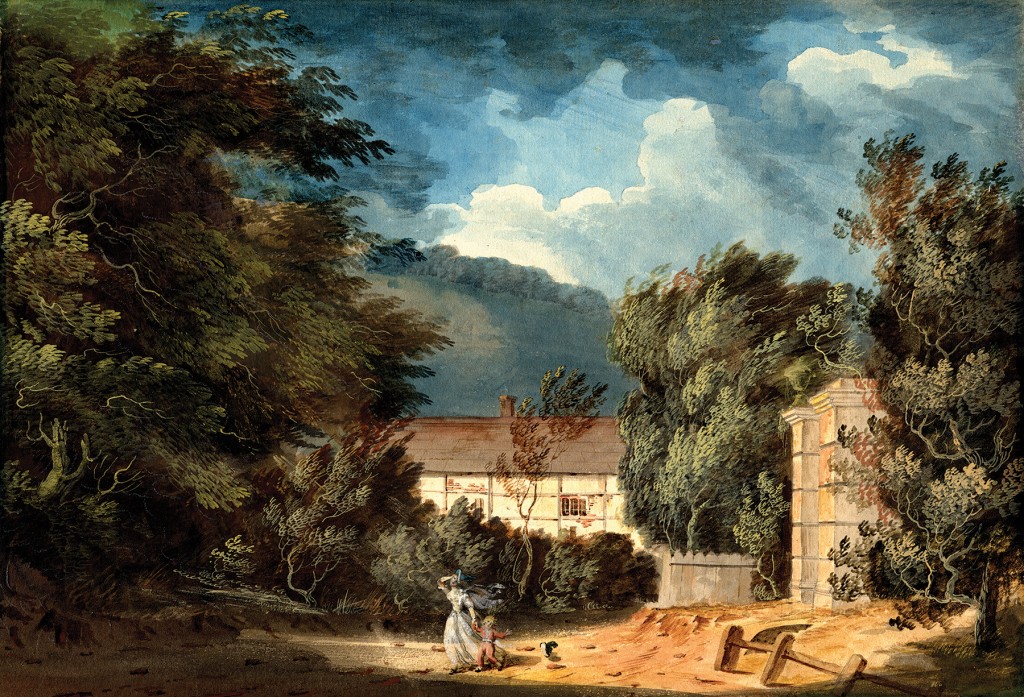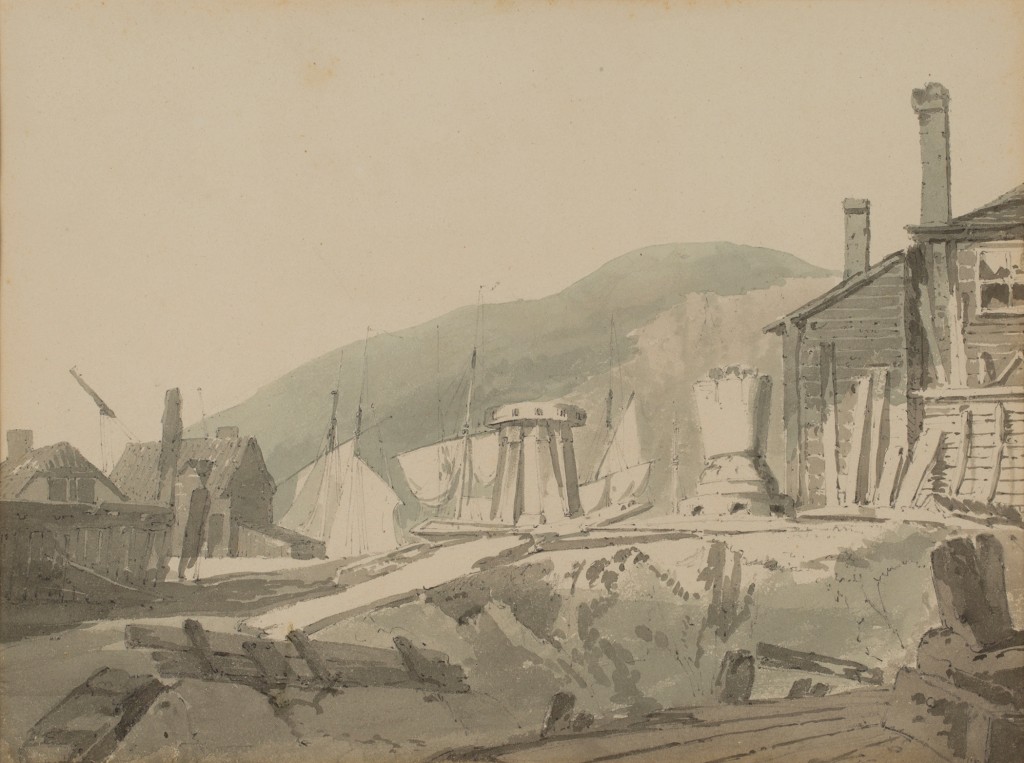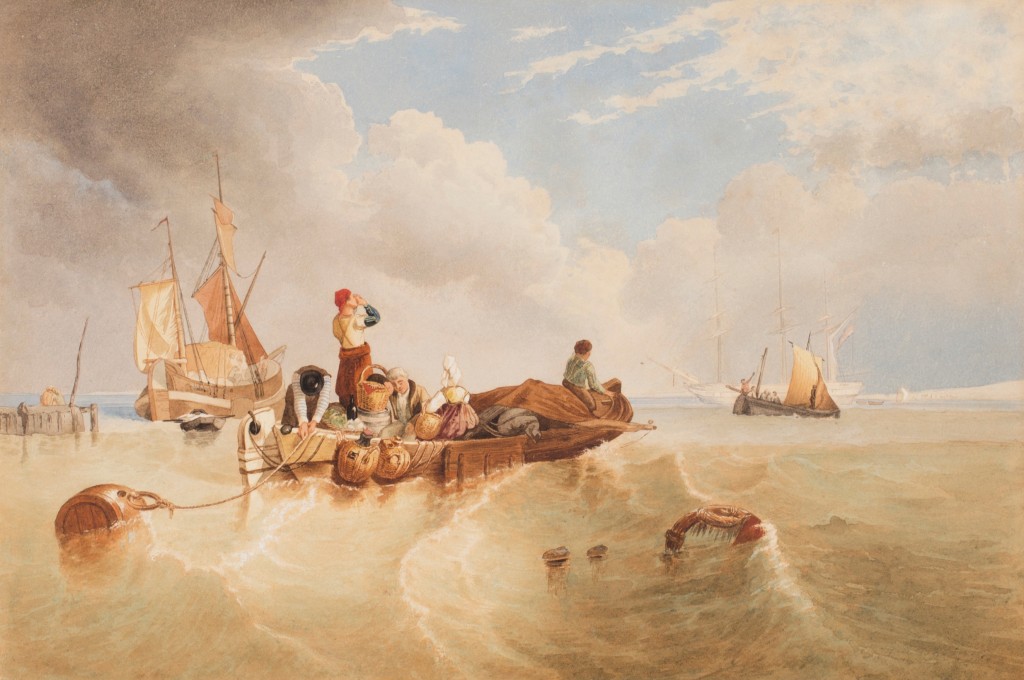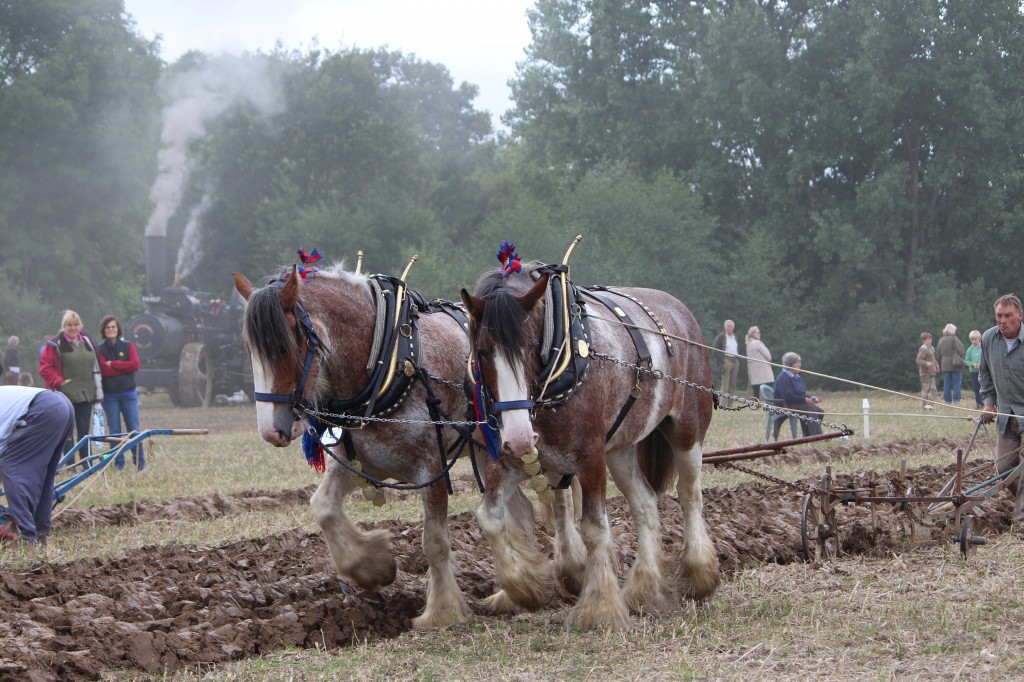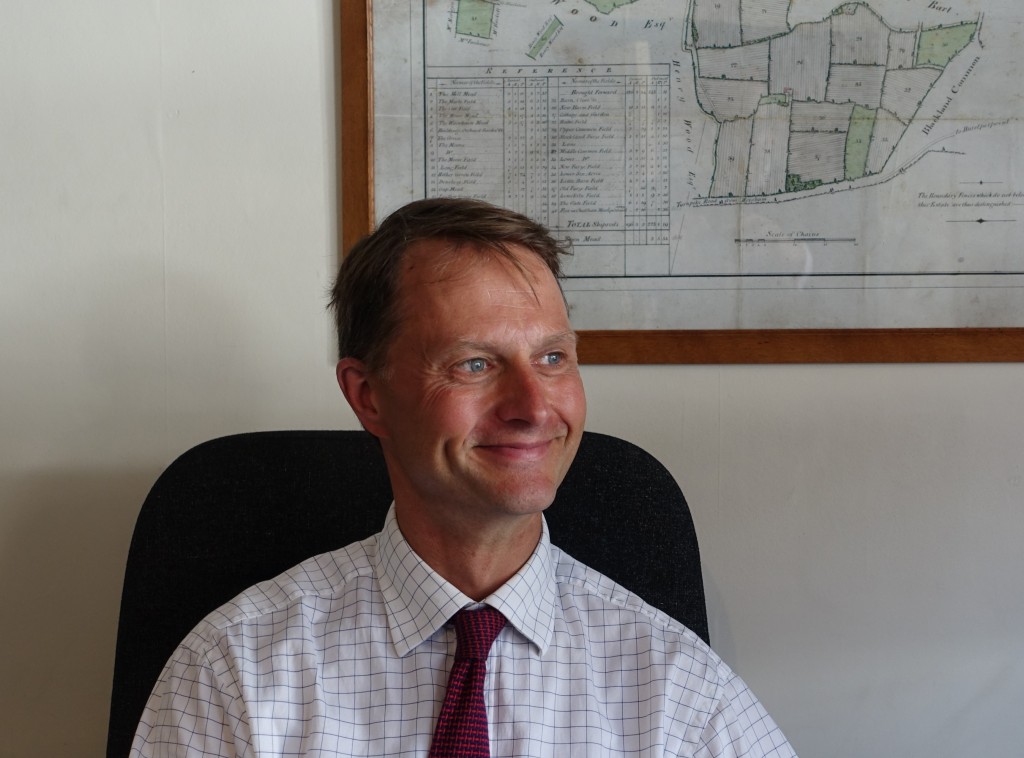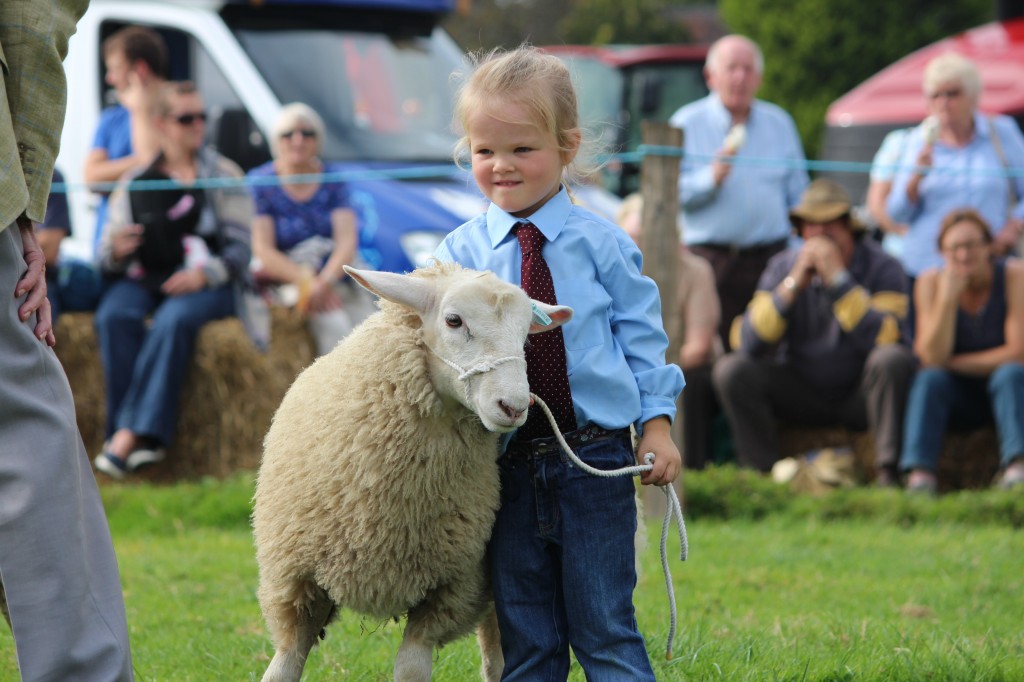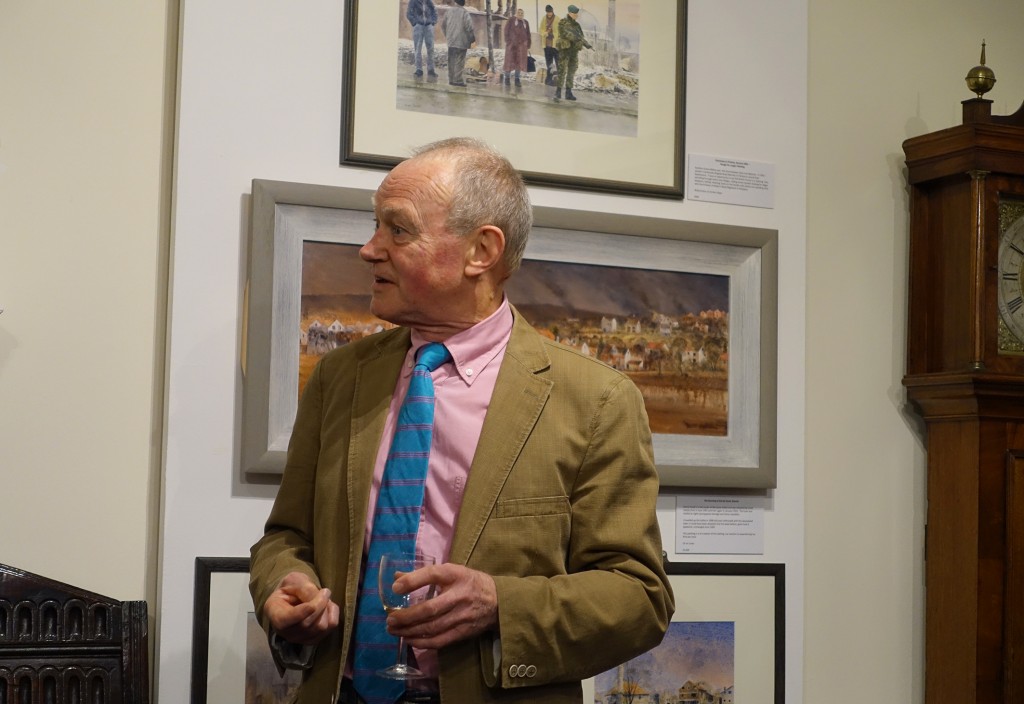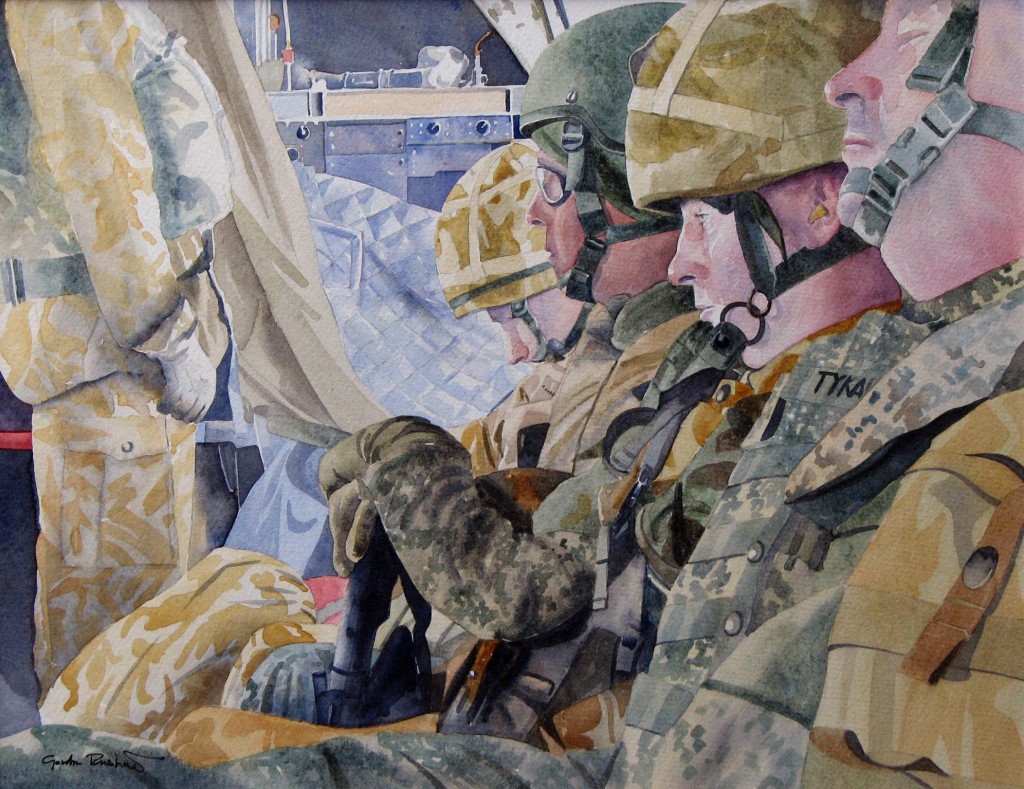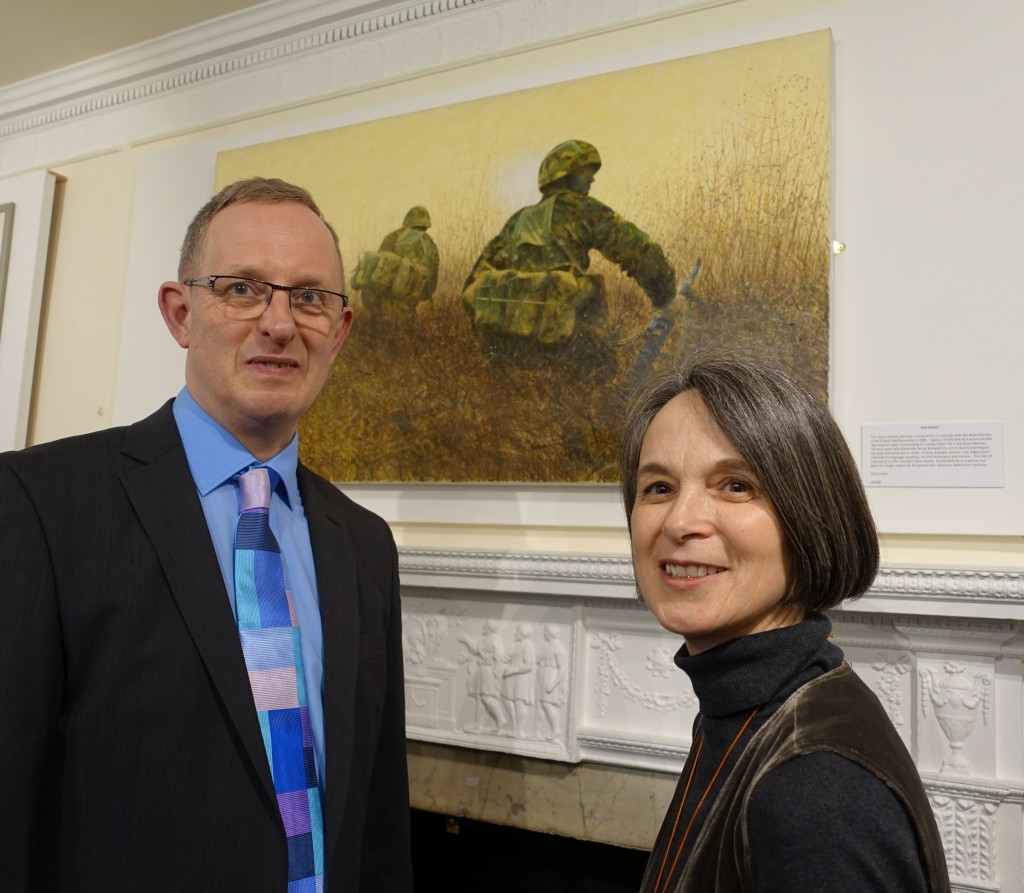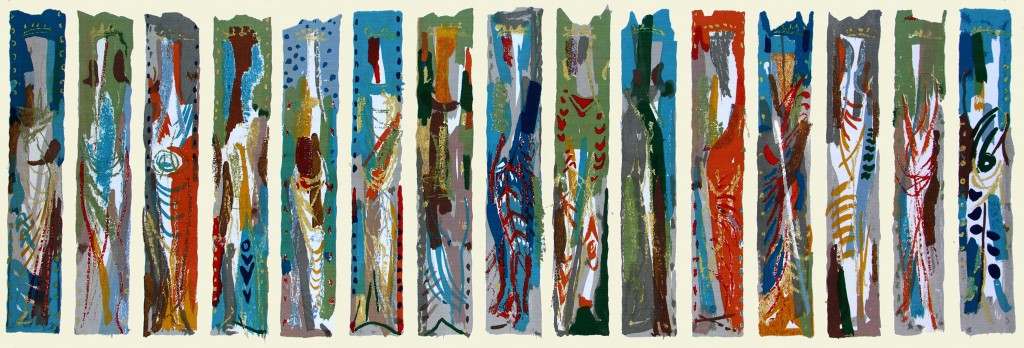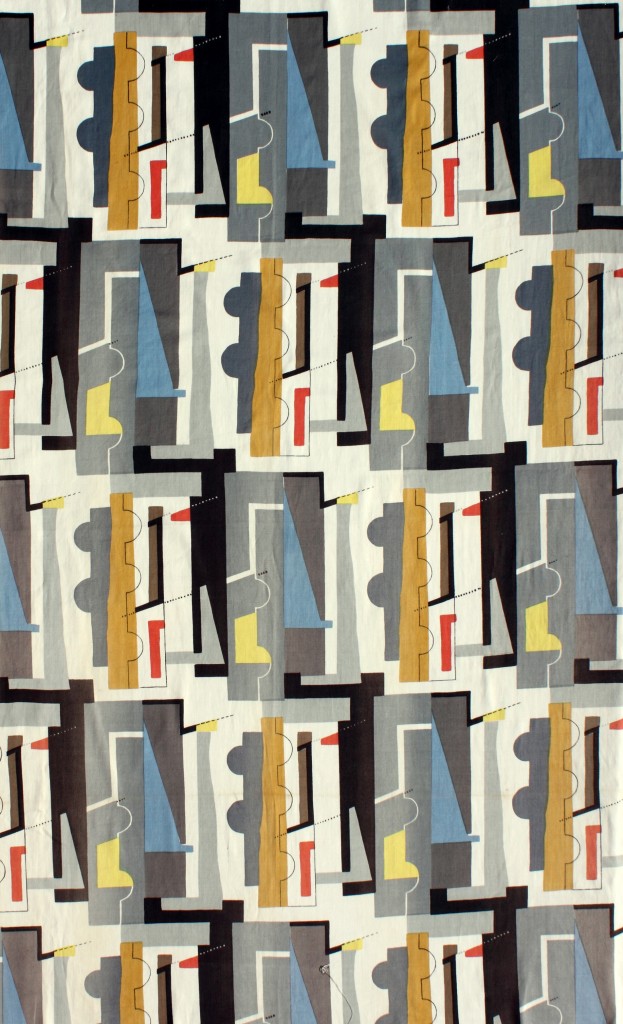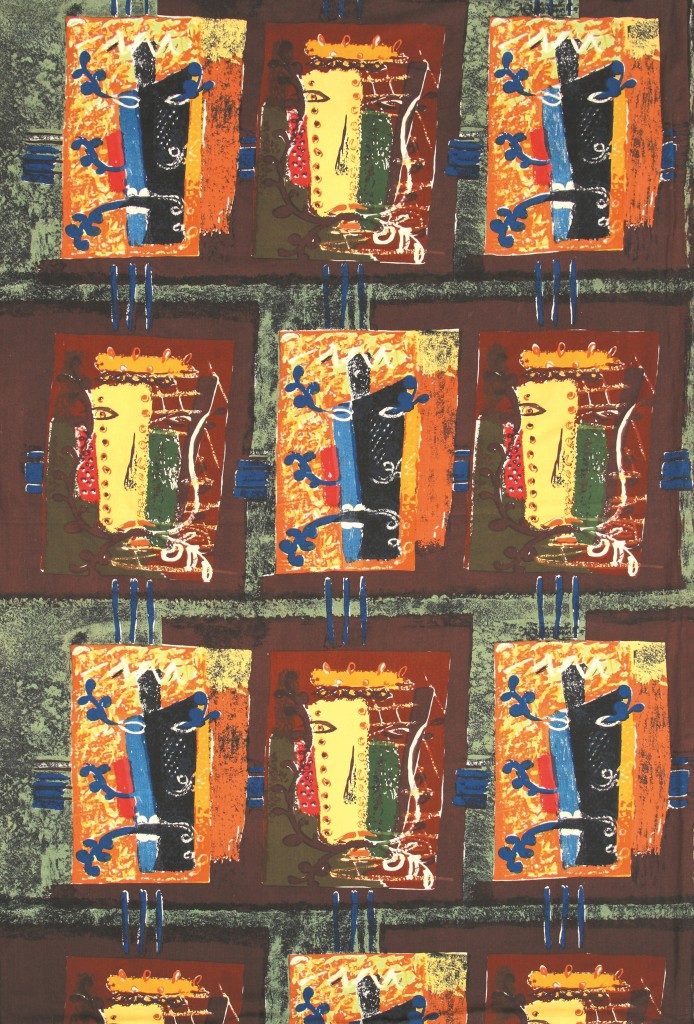T
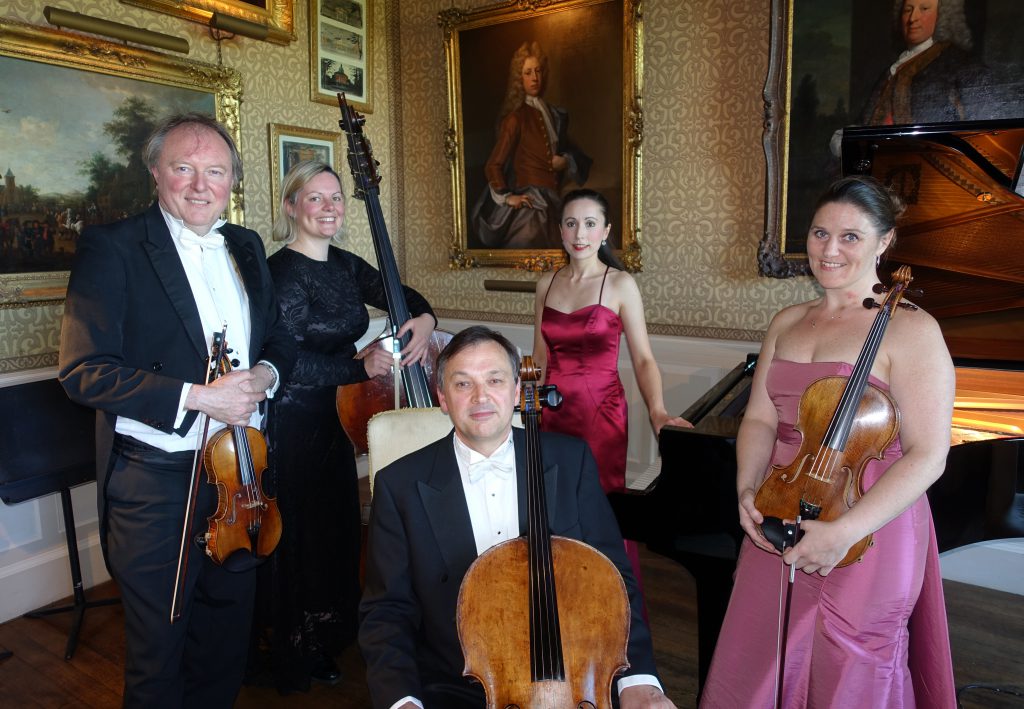
he Shipley Arts Festival’s remarkable program of music continued last weekend. The Knepp Castle concert, generously hosted by Sir Charles and Lady Issy Burrell, is always one of the highlights of the Sussex summer season. The concert was performed in the company of The High Sheriff of West Sussex, Lady Emma Barnard – artistic excellence, stewardship and community were affirmed and celebrated.

Honouring Knepp Castle and its Wilding project the concert was wittily interspersed with musical references to the Sussex countryside and nature celebrating the work of this important Sussex estate.
Knepp’s re-wilding project uses large herbivores to drive habitat changes across the estate. The various cows, deer, horses and pigs affect the vegetation in different ways helping to create a patchwork quilt of habitats including: open grassland, regenerated scrub, bare ground and forested groves. The project is born out of Sir Charles and Lady Izzy Burrell’s desire to respond to the urgent need for nature conservation in Britain. The numbers of native species of flora and fauna, especially farmland birds, have plummeted over the past decades – theirs is vital stewardship.
The Shipley Arts Festival’s growing national status is apparent in the commanding reputations and performances of the musicians who Andrew Bernardi brings together.
This was apparent in the rendition of the Trout Quintet, also known as the Piano Quintet in A major, D. 667. It was composed in 1819 by Franz Schubert when he was just 22 years old. The original and complex harmonies of the piece were portrayed with a remarkable joy, intensity and passion by the pianist Maria Marchant, Andrew Bernardi, playing the 1696 Stradivarius violin, Virginia Slater, Viola and Gemma Murray, Double Bass. The work is considered to be uniquely sonorous amongst chamber works for piano and strings and was brought to life by their vivid performances.
Last year the English operatic baritone and composer, Roderick Williams premiered his beautiful and profoundly moving ‘Goodwood Variations’ as part of the Shipley Arts Festival. It once again met with applause.
Singers and founders of the British Pilgrimage Trust, Guy Hayward and Will Parsons were joined by Sam Lee. They had been on pilgrimage in the villages around Horsham to return to sing the folk song Turtle Dove to the colony of Turtle Doves which have re-established themselves at Knepp thanks to the re-wilding. Their performance of the piece spoke wonderfully of Sussex and delighted the audience.
As the concert concluded we all stood to sing Ralph Vaughan Williams’ famous pilgrim’s hymn which he called Monk’s Gate. Mrs Harriet Verrall, who gave him the folk tune upon which it is based, lived at Monks Gate just outside Horsham. The words were adapted from John Bunyan by Percy Dearmer:
“He who would valiant be ‘gainst all disaster,
Let him in constancy follow the Master.
There’s no discouragement shall make him once relent
His first avowed intent to be a pilgrim.”
Pilgrimage reflects life. It is a journey of questioning, exploration and celebration. This was a remarkable evening of exemplary musical performances. As we accompanied Andrew Bernardi the musical journey transformed us allowing us to glimpse something of the world beyond our immediate perception.
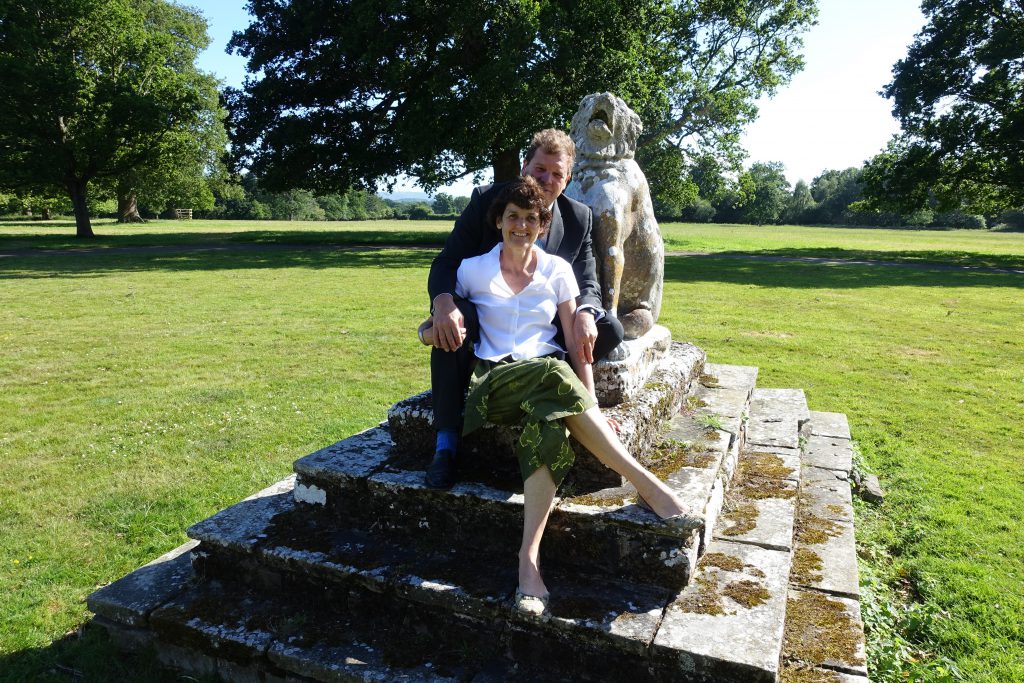
Thanks were rightly given to Sir Charles and Lady Issy Burrell, the gathered audience, the musicians, as well as the sponsors Toovey’s, Kreston Reeves and Henfield’s NFU Mutual Agency. But most of all our thanks should go to a most gifted and generous musician, Andrew Bernardi, whose passion, hard work, generosity of spirit and vision continues to bless Sussex.
For more information on the forthcoming Shipley Arts Festival concerts go to www.bmglive.com. Tickets are on sale at The Capitol, Horsham box office. Telephone 01403 750220 or go to www.thecapitolhorsham.com. Demand for tickets is always high so don’t delay!
To explore Knepp’s re-wilding project go to www.kneppsafaris.co.uk or telephone 07739 083650.
By Rupert Toovey, a senior director of Toovey’s, the leading fine art auction house in West Sussex, based on the A24 at Washington. Originally published in the West Sussex Gazette.
